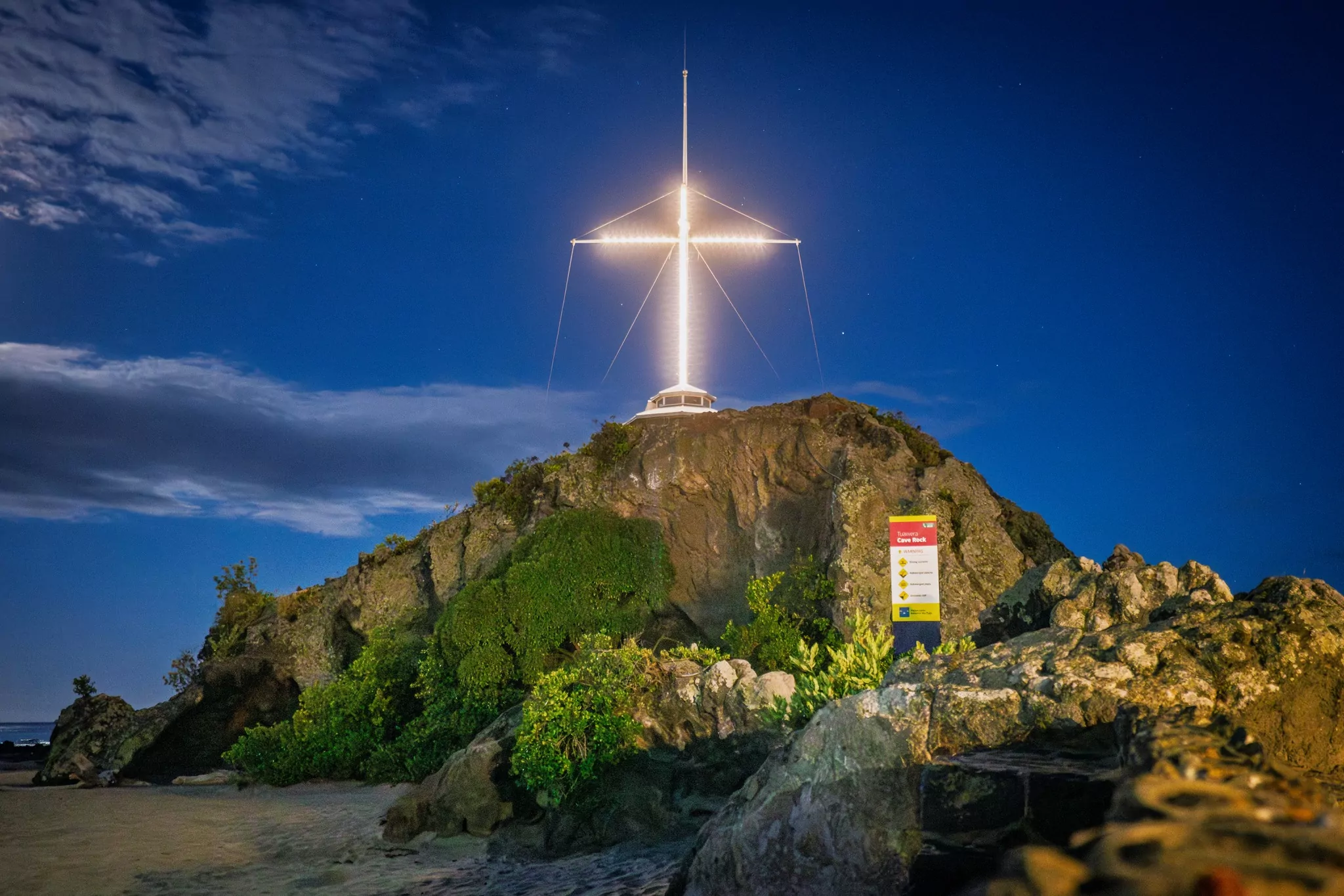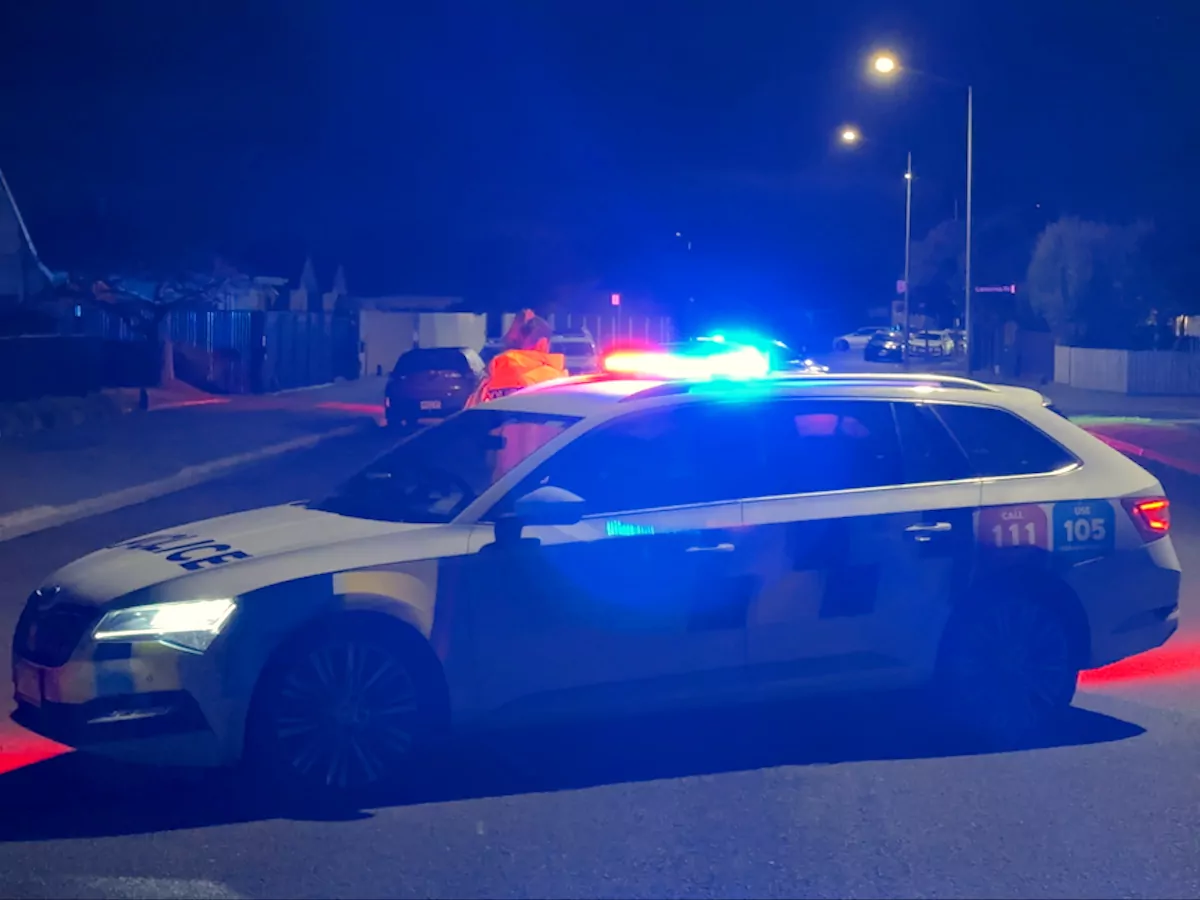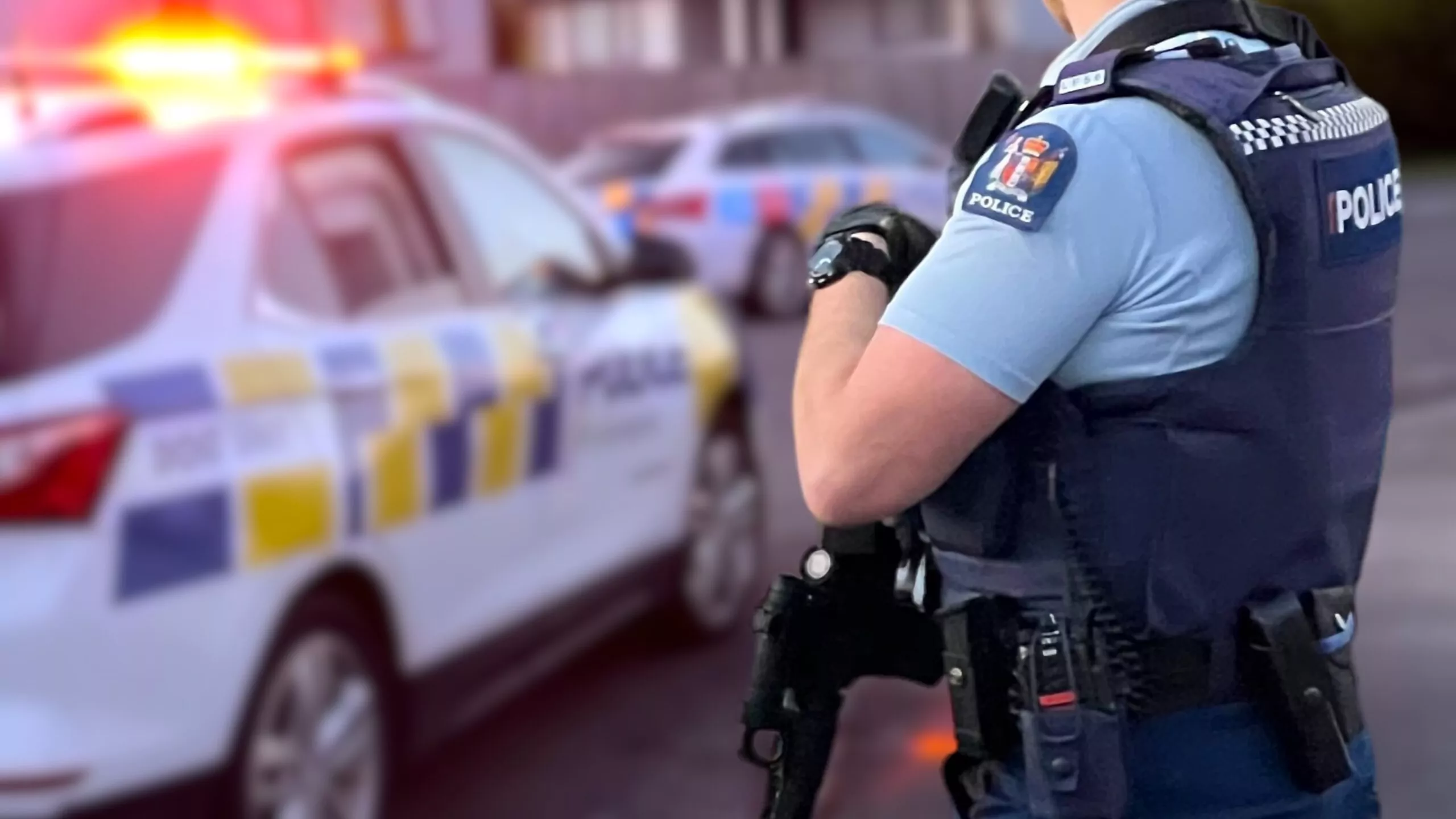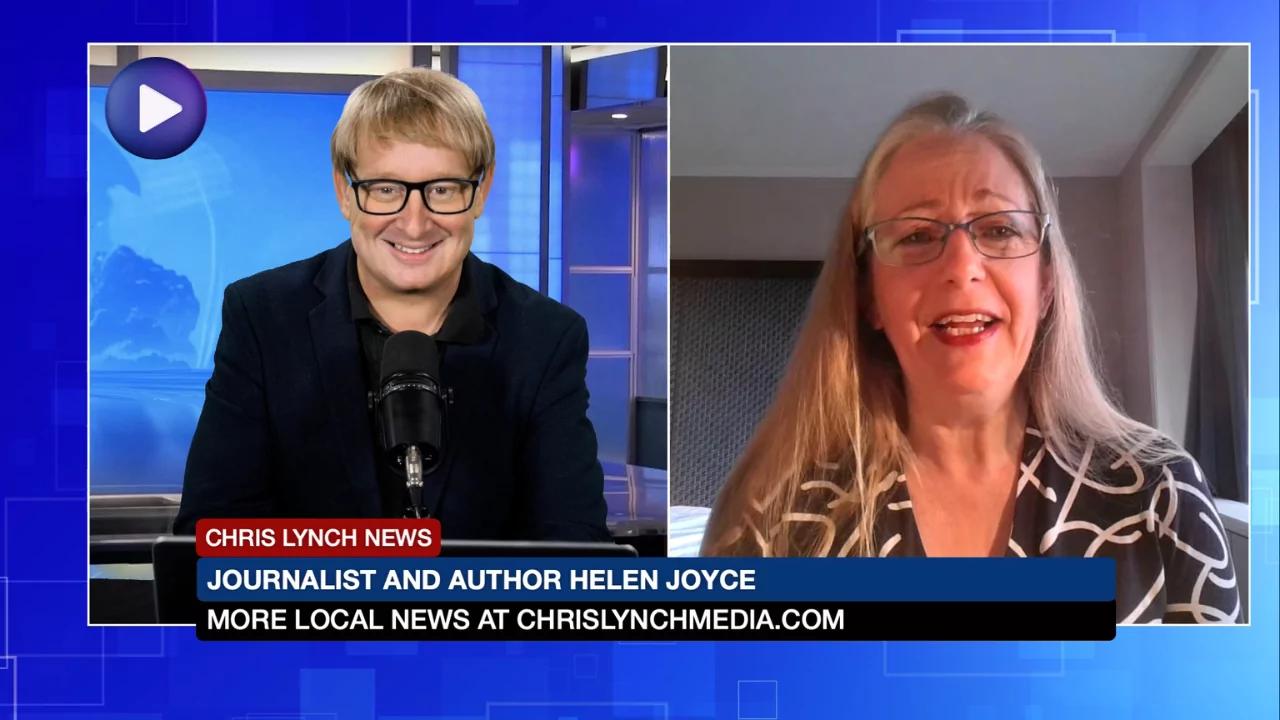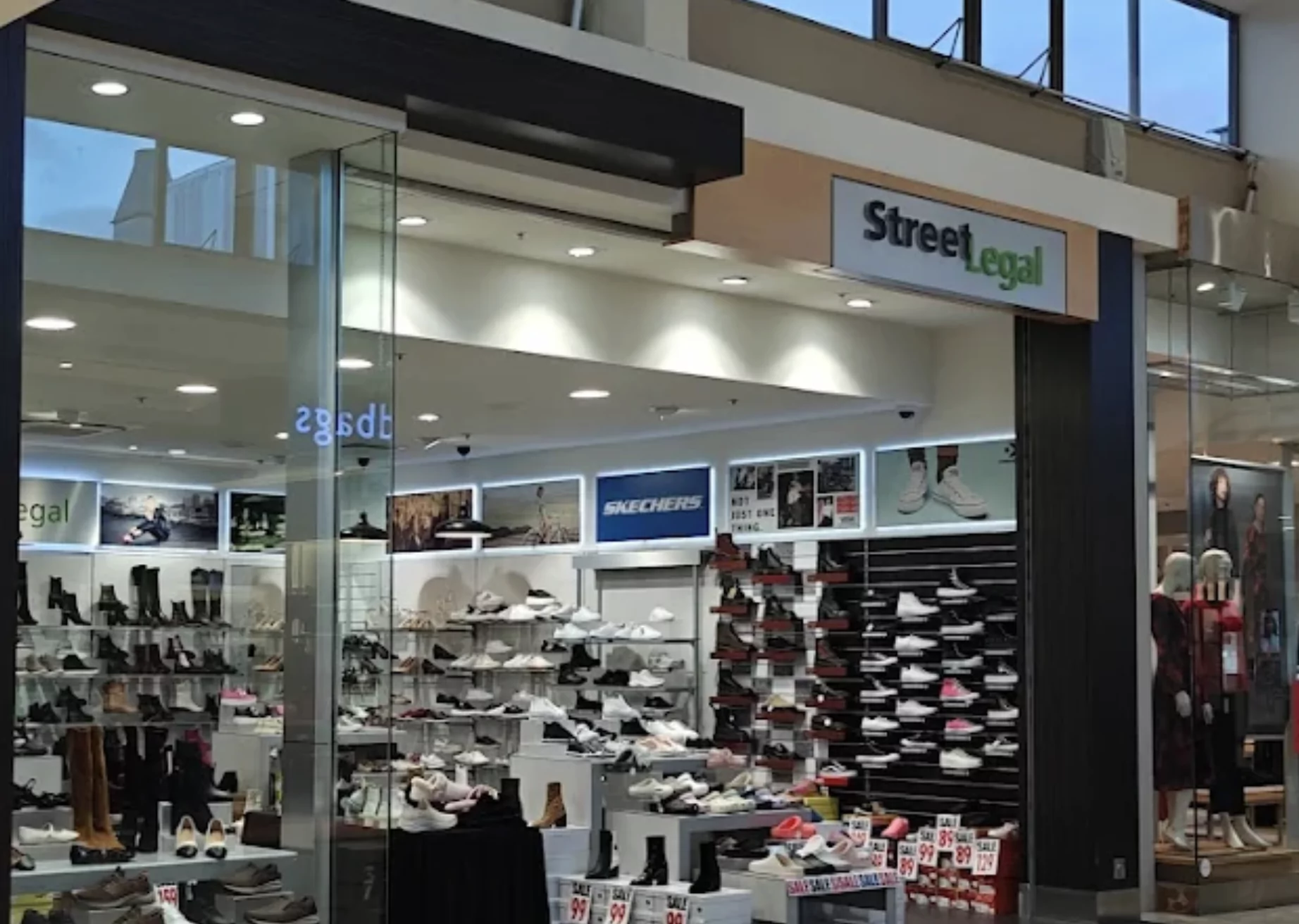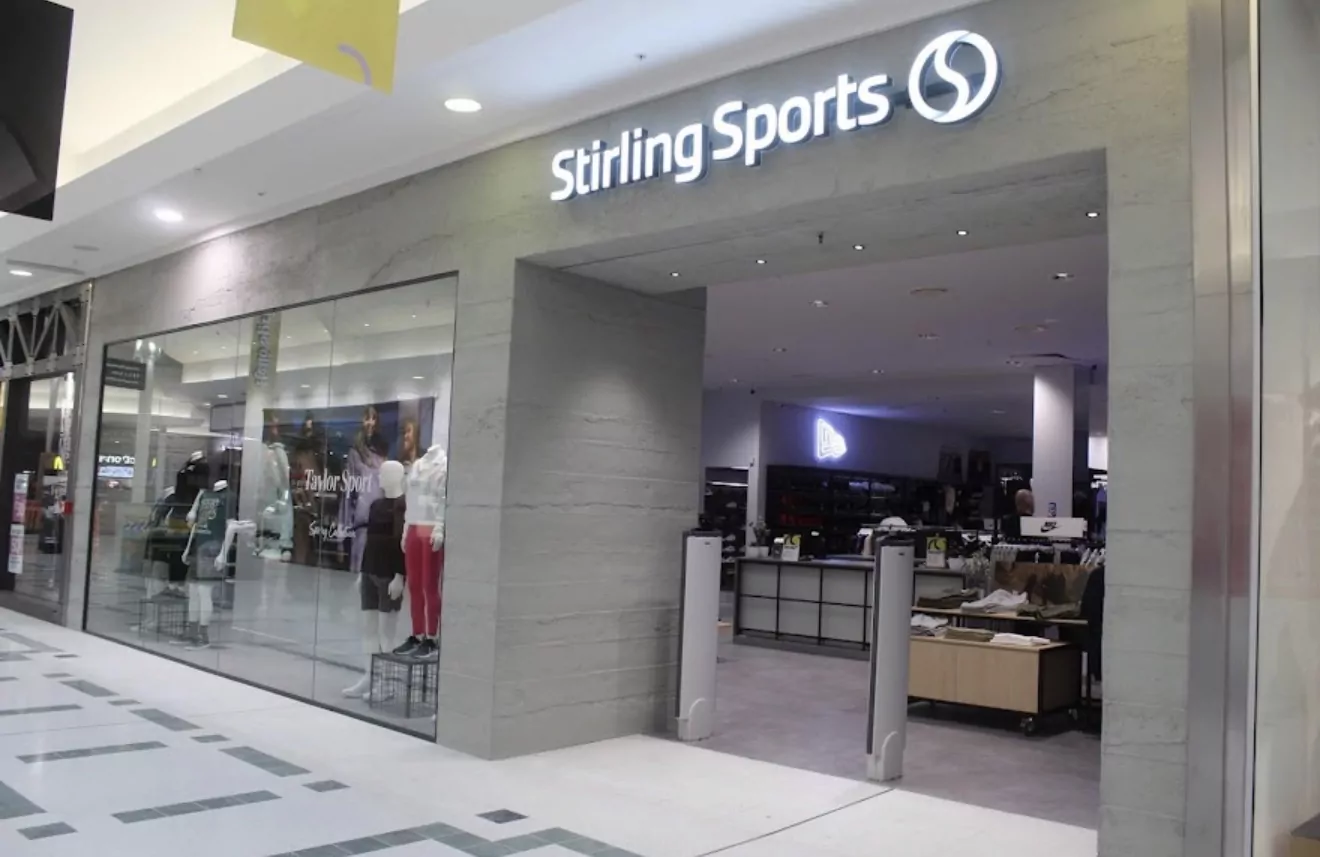The hours of the Sumner mast lights will remain unchanged, for now, after a passionate community board meeting today, which rejected recommendations from council staff. However, the board asked staff to work with the deed holders to explore the use of more environmentally friendly bulbs, provided the brightness is not reduced.
Public consultation drew 938 individual submissions and three from businesses. When asked about light frequency, 788 (or 84 percent) supported the current daily settings (except during Matariki week), with 155 opposed. On operating hours, 683 (or 72 percent) supported the existing daily times of dusk until 11pm, 142 wanted shorter hours, and 118 wanted an extension. Despite those results, staff ruled out the “do nothing” option, even though it directly reflected what most people wanted.
Despite an overwhelming majority of submissions backing the status quo, council staff pressed ahead with three alternative options prompting a stinging attack by one of the deed holders.
Toni Pengelly said “over the six years we’ve been working on this, we have faced an inordinate number of obstacles and have been bullied and intimidated at times by some council staff to change the terms of our deed of agreement.
“The community consultation process that has been carried out has been a shameful waste of ratepayers’ money, and the council has demonstrated this by producing a report which completely disregards the 84 percent of public respondents, a super majority, who stated clearly they do not want any change to the current lighting installation.
“For staff to make recommendations, which exclude this very clear mandate, suggests hidden agendas, predetermined outcomes and political and ideological biases by some council staff and board members.
“Significant pressure has been applied to our group to accept Sara Templeton’s proposal of altering the configuration of the nautical mast to a plus sign. The council’s attempted negotiations have been completely in line with that proposal. In our view, this is historically unacceptable and aesthetically absurd.
“It’s incumbent on this board to support the community vote. The council has heard very clearly from the majority of respondents, and we must honour public opinion and deliver what they have so clearly asked for, both through the consultation process and through wider community feedback.”
Councillor and Mayoral candidate Sara Templeton was notably absent from today’s meeting, despite holding a seat on the board.
Pengelly’s comments came as residents on both sides of the debate spoke out passionately about whether the mast should remain as it is, or whether the lights should be removed or altered.
Resident Brian Johnston said the mast lights were a source of comfort. “The Cave Rock lights are unique and should be kept. I look out and see the lights and get a sense of comfort. The lights are a wonderful thing, they’re pretty special.”
Broadcaster and local resident Lesley Murdoch ONZM MBE, representing the Scarborough Dippers, said the mast symbolised resilience and recovery.
“The Scarborough Dippers swimming group raised money for the lights on that mast, post-earthquake, in the hope of shining a bright light around the Sumner Village.
“The cross, the mast and the lights, for me, are a symbol of rejuvenation. The mast can be whatever you want it to be. It’s in the eye of the beholder. If you want it to be a cross, it can be a cross. It may sound trite to you, but truly for me the lights in all their glory gave us hope in a devastating time after the quake, just like it did back in the 1860s when the mast signal was built on Cave Rock to show the sailors where to go to get over the treacherous Sumner Bar.”
Redcliffs resident Rev Mike Hawke from St John Woolston Church said, “If Council defers to this demand, then your people are going to be running around Christchurch trying to turn down lights everywhere, because there are so many bright lights around. I can’t quite see the significance of this as it has been raised.
“It is a cross-like figure, I don’t think we can get away from that. If you see it as a cross, it is a symbol of sacrifice and love, and I rejoice in that symbol. It’s part of our heritage. I love that the Sumner rugby team crest has a cross. Are the players offended? Will they not play for Sumner any longer because there’s a cross on the crest? Crosses are part of the monuments in Sumner.”
He pointed out crosses were already visible in many other places. “The chemist shop in Redcliffs has a cross. I took my grandson out from school today at St Martins, and on that public property of St Martins and at the pharmacy, the T on the site is undeniably a cross.
“Most significantly for me is that New Zealand’s country roads, bends, and bridges are littered with crosses. These crosses represent the tragic death of loved ones. The people who put them up are not necessarily religious, but they are sad, they are upset, and their lives have been traumatised. They find great comfort, yes on public land, to erect a cross. And yes, they might leave bottles of beer around or other symbols. But isn’t it significant that they have a cross? Are you going to deny New Zealanders that, when it brings them comfort?”
But local resident Sigrid Campbell described the structure as “an inappropriate configuration of a religious Christian cross permanently on a highly significant heritage place.” She said it was historically inaccurate to claim the mast should be lit and argued it created “light pollution.”
Another resident, Angela Woodward, said “It is not appropriate to have a religious symbol on any public land, let alone in such a prominent place. While some might accept this, others in our community find the symbolism on public land disrespectful or even offensive.
“This is clear from the vociferous discussions about the lights in our community, social media pages and reports in the press. I don’t feel that a final decision should be weighted on the strength of support for or against, but rather on the principle that public land should remain secular.
“I know of many who oppose the lights, but have not felt safe to voice their opinion, either online or in the consultation process, given the criticism they receive for doing so.”
Campbell also argued the lights were disrespectful to Māori, though local iwi have raised no objections to the current configuration.
Toni Pengelly said that despite today’s decision, she believed the board had left the door open for change by agreeing to revisit some of the issues within six months.
“Sadly, it’s not over yet, and today was not a win.”
